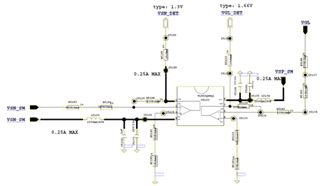Other Parts Discussed in Thread: LM358B
Hi all,
My customer is experiencing an issue where the oscilloscope test on the -VIN end of TL082-Q1 has an interfering waveform, the -VIN end test on the LM358B does not, and the solution is to test the oscilloscope in series with a large resistor, what is the reason for this?



